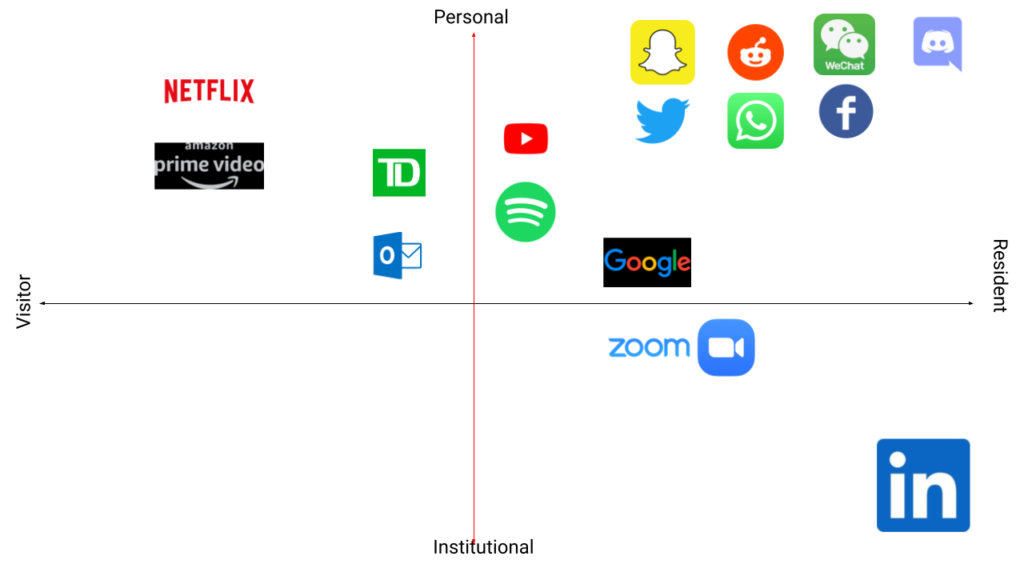There are many digital platforms that we can use to connect with others, but some may be more tailored to the learning or professional needs of students. The most immediate network for professional connections for students is LinkedIn. LinkedIn has allows students the chance to formally present themselves in a professional context, typically to network with connections or like-minded individuals in similar fields of interest. It and other professional profile or recruiting platforms are often the first place an employer may search up an individual, and even are often directed to it from the applicants CV or resume. I believe it is one of the foremost online ‘places’ for students to develop their professional network. Potential employers can have another view of students’ accomplishments and experiences, as well as other professional interests that cannot be indicated in their original application. They may find information that would paint an applicant in a more appealing light.
Other common social networks and platforms can serve as ways to broaden their professional networks, even in informal methods. Facebook, Discord, and Twitter are other ways to initially connect with peers or other professionals, allowing for further discussion or exchange of contact information. From my experience with coursework and projects, the former two are helpful ways to connect and communicate over the lifecycle of an assignment. In addition to fulfilling coursework obligations, these networks can help one develop a digital reputation by their interactions with others. One can share resources, discuss or share observations on covered course content, and connect with other students/group members. This sort of communication can indicate others how engaged a student is with their course content and overall their respective field of study. Perhaps best to cultivate an appearance of interest in certain subjects is Twitter and LinkedIn, which notifies followers of updates (or allow profile visitors to search through a history of posts & comments).
To better expand or engage with shaping a digital identity, as well as my professional learning network, I could create more outward and accessible digital profiles. Though I have a few professional and publicly available findable accounts, the majority of my Internet use is under aliases, are anonymous accounts, or are unsearchable. As a Health Information student, following on LinkedIn health authority accounts, health IT companies, and major field leaders would both keep me informed of new updates within the field, but also indicate to others of my interest in the field. Creating a more visible public portfolio or overall identity can increase the chances of me discovering (or being discovered) an opportunity.

With this week’s V & R diagram I found myself reflecting on the various online platforms that I often use. Even for platforms that I use for personal reasons and am a resident, there are times where how I use it can vary. There is a significant contrast between the experience of viewing Twitter when you are logged in rather than when you are a visitor.

June 23, 2021 at 12:06 am
Hi, Allen.
Thank you for your blog. I’ve noticed that your PLN is very diverse, and I’ve also noticed that most of your digital identities use aliases, anonymous accounts, or unsearchable accounts. It shows that you are serious about the privacy and security of your digital identity. That is great!
June 25, 2021 at 4:57 pm
I agree with your points, I will make sure that what I post on my account improves the quality of learning by creating a profile that illustrates my education, experience and interests. This will be the best way to deal with the requirements in the current environment that are closely linked to the digital requirements.